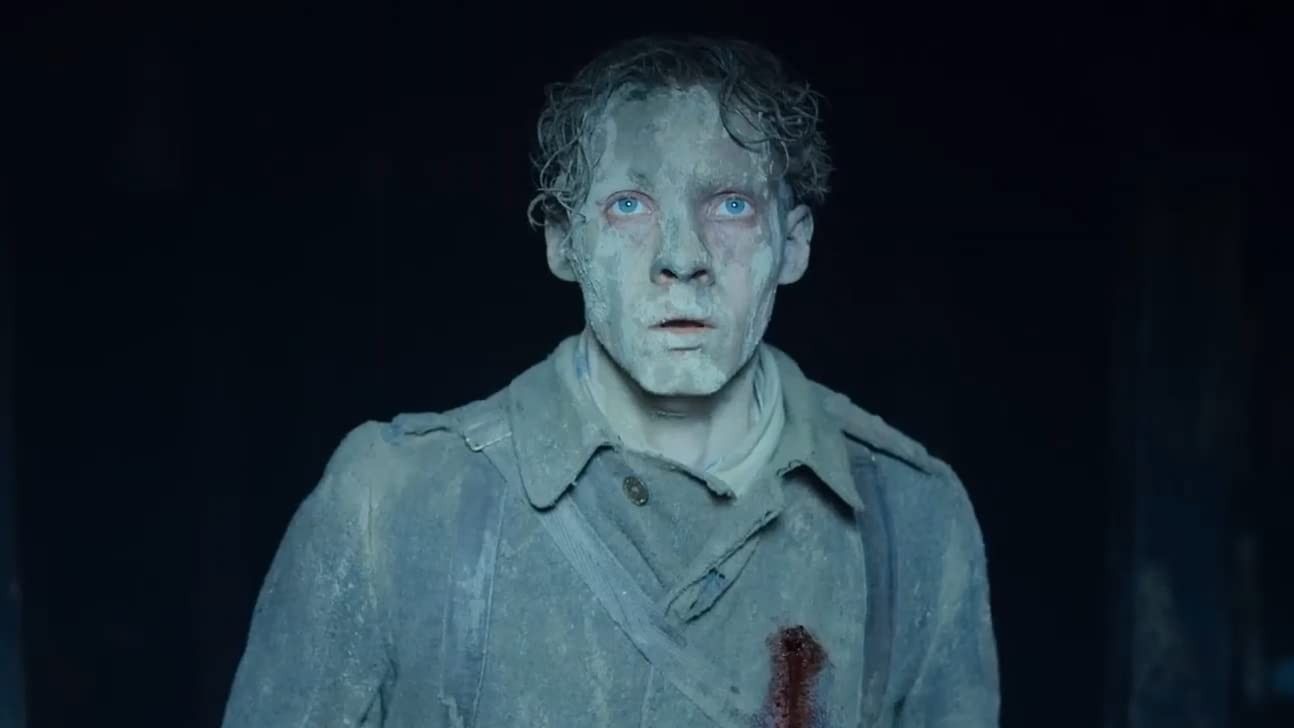
The editor of Netflix's latest war movie breaks down how he crafted together the realism of war for modern audiences.
Netflix's newest remake of All Quiet on the Western Front follows Paul Bäumer (Felix Kammerer) and his classmates as they serve Germany through the first World War. Their dreams of seeing the world and serving their fatherland are quickly dashed as images from the battlefield show them the reality of war. The film is brutal, showing the audience the harshness of a war that is being dictated by elite members of the military tucked away in the safety of their mansions and distant trains.
The film's editor, Sven Budelmann, understood that the film's director, Edward Berger, wanted to capture both the brutalism of war and a view of life just beyond the horizon. The German-born editor often looks to enhance the emotional response when editing a scene, searching for the best way to exercise the audience's empathy while serving the story.
Budelmann sat down with No Film School via Zoom to talk about his process behind editing All Quiet on the Western Front, how adding in some elements of sound design can help with pacing a fight sequence, and his love for practice-oriented learning.
This interview has been edited for length and clarity.
Sven Budelmann: I love the idea of No Film School. I never went to a film school, honestly. That's why I think probably there is an idea behind it that you don't need to go to film school, right?
No Film School: Yeah!
Budelmann: I mean, I love the idea because I'm practice-oriented and I love the idea of learning by doing, and this is the best school I could think of. This is perfect.
No Film School: How did you discover your love for editing, and how did you break into the industry through your self-taught skill?
Sven Budelmann: When I was really young, like 13 or 14 years old, I bought a camera with my own money and with a good friend, who was still working as a storyboarder, we recreated shots from Indiana Jones. His uncle built us a dolly, just four wheels and we had a tripod. Then, we tried to recreate one of these below tracking shots when Indiana Jones steps into frame and puts his hat on.
This is how we started, at 14 years old. We did a couple of short films, and the editing process part was always what was the most fun part for me. We had a wonderful school where we had different clubs, and I joined all of them, the film club, the musical club, and so on. In film club, we shot with Super 8, made little animated films, and all that. I knew that this was something that I wanted to do for a living.
When school was finished, I had a portfolio of some short films and I decided to go to Berlin. From there, I got the opportunity to do music videos. I cut music videos from there on, and I was occupied all the time and there was no time to go to film school.
I tried to go to film school in Munich once, but they said I was too young. When I was 21 years old, and [that film school] said, "Okay, you don't have enough life experience. Come back later in five years.” Instead of going to film school, I cut more than a hundred music videos. Then, one and a half years later, the film school actually called me asking me if I could teach at the school how to cut music videos. This was funny because I said, "Okay, maybe I don't need to go to a film school anymore."
For a couple of years, I cut music videos and taught at a film school. I also cut the commercials for some of the studios, and that was my only time at film school.
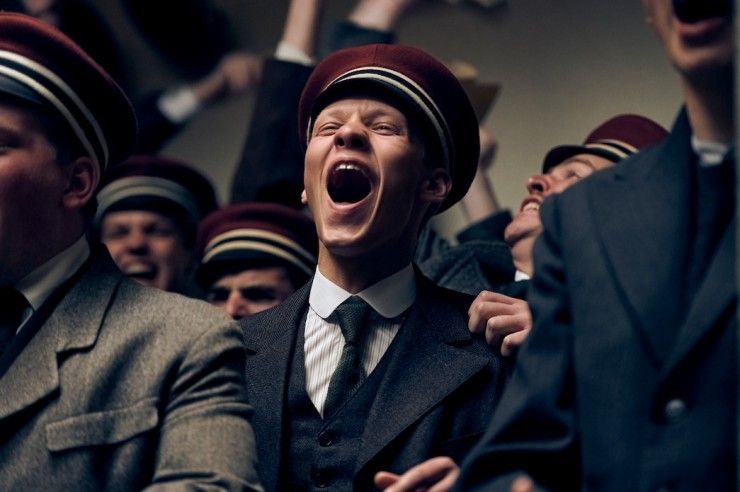
Budelmann: I have known the director [Edward Berger] for almost 20 years now. He is one of the directors I worked with in commercial business 20 years ago, and we did a couple of great projects together. We always wanted to end up in feature films. Each time when we met on a commercial for any car or anything, we always had in mind, "Someday we are going to make feature films and that's where we're heading."
He told me about this project two years ago, I think one year before principal photography started. I was excited about the project. When I read the script, it was so wonderful because it has all of my favorite genres in it. It’s an adventure and drama in a historical context. This is what I love when I go to the movies. I want to be transported into another world at another time. It is so wonderful to create this world.
We had a lot of talks about the generality of the film and other existing films, which gave me an idea of what this film is going to be. One year before that, we already did a mood cut, which is something that we did in the commercial business a lot before the shooting. We used existing commercials and cut the mood of the film to get an idea of how this is going to look. This is also what we did here, but instead of using images of war, we used images of beautiful nature that got destroyed by destructive, increasing war.
The feeling that was created by that is exactly what we imagined immediately, and this is what we wanted to keep in the movie. It was really interesting that we had this tonality that was created exactly like the films at the moment of these two minutes.
NFS: I know that this film is based on a novel and a preexisting film from almost a hundred years ago that was and is still highly celebrated. How do you update the pacing and the tone of this well-known story for a modern audience?
Budelmann: I decided not to watch the existing adaptations even when I remember watching them in school and I was impressed. Those are masterpieces, but I didn’t want to be influenced. I wanted to create something new. It was so important. What I had in mind is–I have a 13-year-old daughter and I always try to watch these older films like the Indiana Jones movies, and I want her to be as fascinated by these films as I was, but it doesn't work for some reason.
I think visual habits have changed. It's just different. And I remember when I was young, I watched black and white films. There was this distance between a colored film and a black-and-white film. I couldn't describe it by then. Maybe it's the same thing. That's why I think it's important to make a new version for the younger generation with more modern, realistic visuals so that a new generation gets to know the horse and insanity of war.
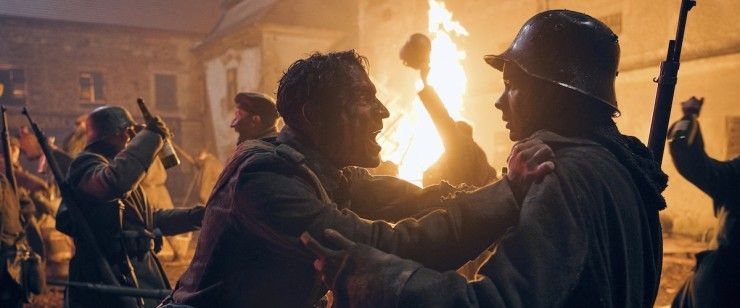
NFS: Certain techniques that are used for the first time amaze us as an audience, then they get deeply embedded into the film culture that they just become a cliché or a repetitive thing that kind of dulls the sensation of it to us. I think of it like the invention of a jump cut. When people first saw that, they were like, "Whoa, my mind's blown." But now we see it and we do not react.
Budelmann: You just mentioned sensationalism. This is also an aspect of our approach. We wanted to make it almost look like a documentary. When most people think of war, they cannot imagine what fighting in a war means and how it feels like. They only saw it on television. There's a small abstraction, and we wanted to make it a tangible experience; therefore, it was necessary to make it as realistic and authentic as possible.
In preparation for these films, I watched other films that created a similar intense feeling that we wanted to create without trying to be sensational. I watched Steve McQueen's Hunger. It's bad and beautiful in the same way, but there are so many strong scenes with a strong impact without trying to be sensational.
This is something that we wanted to create to be more restrained. We didn't want to have a big orchestral score and cut double explosions for a bigger effect. It should look more like a documentary. As an audience, we are just observers, but sometimes we are dragged into the trench and we are just with these over-shoulder long shots behind the protagonists. We feel like being in the trenches and in the middle of the battle. Then, there are these moments where we pull out and see what's happening from a distance. This was our idea of modernizing the film that we wanted to make.
NFS: How does this documentary style influence your approach to editing?
Budelmann: We have many scenes without dialogue. There's not much talking in the film. This was one of the most challenging parts of this process because dialogue usually gives you sort of a timeframe for a scene. So assume the lines are spoken, and the scene is over plus min minus a few seconds. But in our case, we have these beautiful images of nature.
This is more challenging to find the right pace and rhythm with scenes like that rather than cutting dialogue. You have your freedom and length, but at the same time you have many more choices and this makes it really challenging. We did a lot of sound work already and music work to make sure that the timing is right.
We also knew before shooting that we are going to use these images of nature in the film. Our incredible cinematographer James Friend shot those images of nature in his spare time before. In the end, we used those as a contrast, as a breather between the intense war scenes to create distance. This distance that we created feels, for me, almost like a documentary because when we cut to these trees and the nature and the landscape, we pull the audience fully out of the story.
Suddenly, as if you are watching a nature documentary, this balances out these two elements, pulling out and jumping into the story again. This makes the pace and the dynamic of the film, which was a challenge. I think it worked.
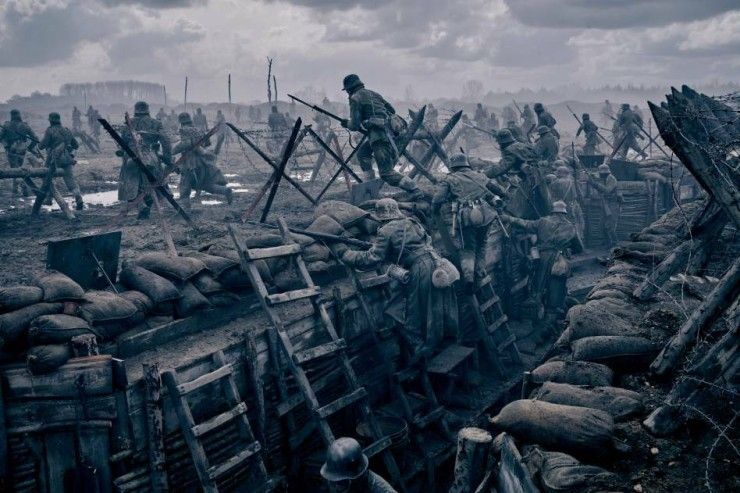
NFS: There is a lot of violence throughout the movie, but there are also these pockets of little joy. For example, in the scene where all the men are sitting around eating the goose stew. When you're cutting, how do you approach a joyful scene like that in the middle of all this terror and brutality?
Budelmann: It is interesting that you pointed out this one scene. I think we spent the most time on this scene because it is so important. It's the sequence where we get to know the protagonists and what their desires and their dreams are. We start caring about them. It was more about finding out how long we need to care about them.
Also, the potato peeling scene is a scene that we worked on the very last day before picture lock. We had tons of footage, and we had just two shooting days, but everything was shot with three cameras. Having a scene with five protagonists means that you have coverage of each person, single shots, two shots, mid-wides, and wide shots. It's a long scene and finding the right cinematic architecture was challenging because you have too many possibilities. It is just endless. When you look at the scene now, you may think, "Okay, this is the way it should be," but it was a journey to get to that point.
This is probably the only moment when we feel a bit of positive energy in the film. They have fun and we might think for a moment that there might be a happy ending, but somehow we know that this is not going to happen, which is important for the drama that we have this emotional peak before they finally have to go to the battle where most of them die. It's so human, this scene.
NFS: That's a great word to encompass the whole movie. It's a very human movie. In contrast to this one single happy scene, the battle scenes are very intense, and we often tend to lose the characters and the chaos. How do you plan a scene like this when you are at the editing bay?
Budelmann: The battle scenes were intense, of course. I spent a lot of time shooting and loud sound effects. It probably leaves traces behind, I think that is how I got gray hair. This is probably because of these loud battle scenes.
It was fun cutting them, but they were so extremely well prepared and executed that it was sort of easy to cut. They were these long tracking shots that looked great on their own. So there wasn't much to do for me.
What I had to do was a lot of sound design. Most people think that we just do the picture cut in editing, but we don't. When you have this whole timeline, there are always these scenes where it's necessary to do [some sound design] because these elements define the lengths and structure and dynamics of the scenes that I had to do. It wasn't the right moment to involve the sound designers yet because the picture cut wasn't done. I decided to do it, and [the sound team] gave me some sound effects, like basic atmospheric bombing, shooting noises from far behind closer, and some shooting sounds.
I started doing foley work, otherwise, there wouldn't be any atmosphere when cutting the battle scenes. This was such an immense task for the assistant director to coordinate three hundred, four hundred extras to tanks, the actors, and explosions. As soon as the camera started, it was like hell was starting.
We couldn't use the production sound, so we had to mimic the sound in my studio and it was really loud because I never changed the volume of the speakers. This is what some sound designer guy told me, "Never do this because you lose your feeling for the dynamics of the film.” We worked on the battle scene for my editor’s assembly, and we made sure that we tried to make 95% of the scene as perfect as possible so that we didn’t have to go back again, which was easy because it was so well prepared and shot.
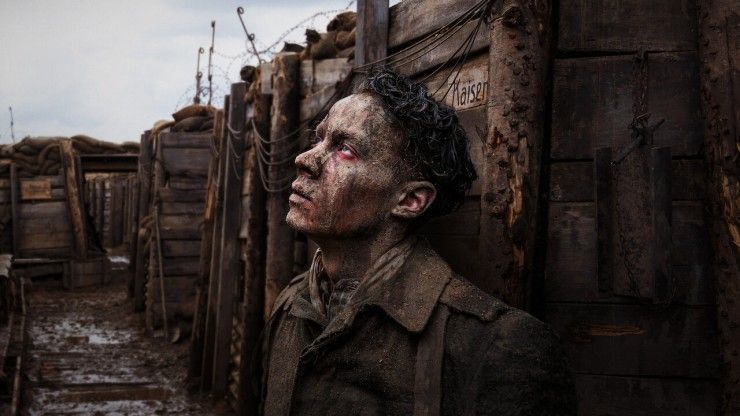
NFS: What did your day-to-day workflow look like during the editing process?
Budelmann: When I come to my studio, I turn on the espresso machine and then I get a cappuccino. I Get the dailies every day from the day before, so I cut the dailies from the shooting day before. Then, depending if it's a dialogue scene or an action scene, I have different approaches.
When I work on a dialogue scene, I probably start with the first take, then I watch it and I keep watching the next take and the next camera setup. And there might be a certain point when I think, okay, "Wow, this was a wonderful performance. This take will go into the cut," and it can be that I start cutting at this moment without having watched the whole footage yet.
When I start cutting the scene, building the structure or the architecture of the scene, I figure out how I want the scene to translate to the audience through cinematic language. When I know this, then I can watch the rest of the footage. It helps a lot because I already know what I'm looking for. It's not just having everything in my head and then cutting the scene.
This is something I learned in commercials. Most directors like to shoot a lot of footage for a twenty-second commercial. They come with eight to ten hours of footage from two shooting days and you have to edit it into a twenty to thirty-second commercial.
There, I learned how to work with this mountain of footage. I watch everything, and each time I find a good moment, I mark it and one second later I mark it out, and I put it in a sequence.
It's similar to this line-by-line concept some editors use in dialogue scenes. This way I can make sure that I can perfectly compare every moment and can make sure that the best takes goes into the cut. This is what I do with all the action sequences. Otherwise, you can't be sure that you have everything in the cut.
NFS: Do you have any advice for new or up-and-coming editors?
Budelmann: I mean I always think about what you want to achieve. If you find someone who can teach you something, let them know that you are keen on wanting to know something. Come early, leave late, and use every time to practice and learn theory.
One thing that I'm not sure if I did this right is to be brave and leave the comfort bubble. I think sometimes I think about if I maybe spent a few years too long in some area, but it was so great because I always had work to do, but my dream was always to work with feature firms. I think sometimes, especially when you are young, you can make the decision. You're still flexible and can decide to look out for other opportunities.
Your Comment